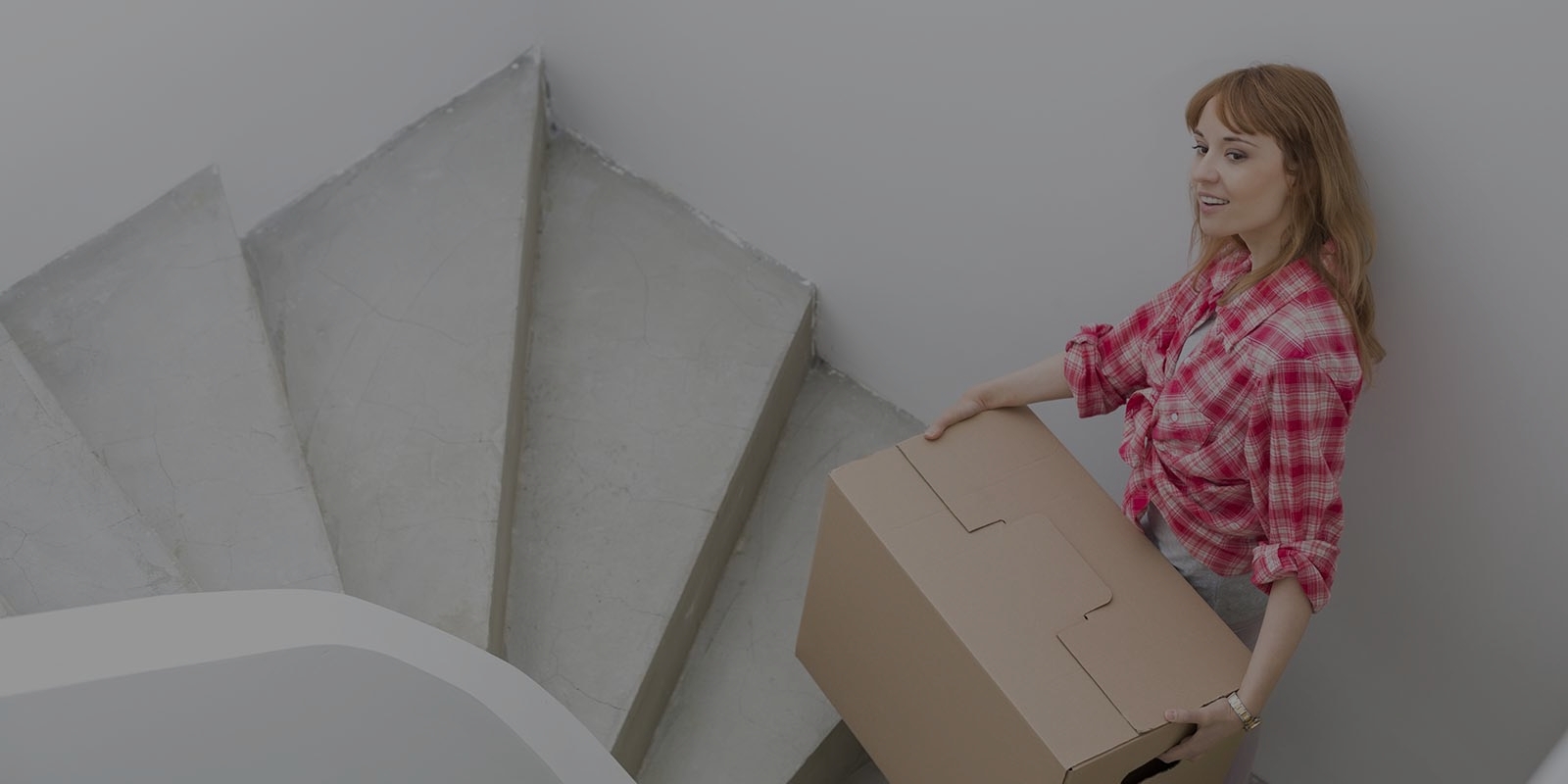Sofa Protection: Expert Strategies for Storing
Posted on 26/05/2025
Sofa Protection: Expert Strategies for Storing
Sofas are valuable investments that enhance the comfort and aesthetics of our living spaces. Whether you're moving, storing furniture during renovations, or keeping a sofa for future use, ensuring proper protection during storage is essential. Poor storage habits can result in damage, odor, or significant wear and tear. In this comprehensive guide, we'll delve into expert strategies for sofa protection and storage--helping you keep your cherished seating in pristine condition for years to come.

Why Proper Sofa Protection During Storage Matters
Many underestimate the risks sofas face during storage. Moisture, dust, pests, and improper handling can significantly reduce the lifespan and appeal of your furniture. With careful planning and a strategic approach, you can safeguard your sofa's fabric, structure, and functionality.
Common Risks When Storing Sofas
- Mold and Mildew: Storing your sofa in a damp or humid environment can lead to mold growth, causing permanent odors and fabric damage.
- Pest Infestation: Unprotected sofas attract insects and rodents, which may chew through upholstery or stuffing.
- Physical Damage: Improper stacking, sharp objects nearby, or rough handling often cause tears, scratches, or structural damage.
- Sunlight Damage: Direct sunlight can fade and deteriorate your sofa's upholstery and finish.
- Dust and Debris: Even in storage, fine particles can accumulate, leading to stains and fabric degradation.
Preparing Your Sofa for Storage
Preparation is the first and most important step in effective sofa storage. Here's a comprehensive checklist for getting your sofa ready:
1. Deep Clean Your Sofa
- Fabric Sofas: Vacuum thoroughly to remove dirt, crumbs, and dust. Use a fabric-safe cleaner or hire a professional for best results. Avoid soaking the fabric to prevent mold.
- Leather Sofas: Wipe down with a damp cloth and use a leather conditioner. This prevents cracking and keeps the leather supple during storage.
- Wooden or Metal Parts: Clean using an appropriate polish or cleaner to prevent oxidation or fading.
2. Completely Dry Before Storing
Storing any furniture that retains moisture will encourage mold and mildew. Ensure the sofa is completely dry before packing and moving it into storage.
3. Disassemble When Possible
- Remove legs, cushions, or detachable parts to optimize space and protect vulnerable sections. Store all hardware in labeled bags for easy reassembly.
- Tip: Photograph assembly before disassembly to simplify setup later.
4. Choose Quality Packing Materials
Protection starts with the right packing supplies:
- Furniture covers: Invest in high-quality, breathable covers instead of plastic, which can trap moisture.
- Blankets or moving pads for extra padding and protection.
- Plastic wrap (for non-leather sofas) to shield from dust and dirt.
- Bubble wrap or corrugated cardboard to safeguard fragile edges and corners.
Storing Your Sofa: Expert Storage Strategies
1. Location Matters
One of the most crucial decisions for sofa protection is where to store it:
- Climate-Controlled Units: These units regulate temperature and humidity, preventing mold, mildew, and material warping. Ideal for long-term sofa storage.
- Dry, Clean Spaces: If climate-controlled options aren't available, select a space that's clean, dry, and away from direct sunlight or water sources.
- Avoid Basements and Attics: These areas often experience temperature fluctuations and moisture, which can harm your sofa.
2. Elevate Your Sofa
Treat your sofa with care by raising it off the ground. Use pallets, risers, or wooden blocks to prevent pests, moisture, and dust from accumulating beneath or wicking into the bottom fabric.
3. Provide Adequate Airflow
Avoid wrapping your sofa for storage too tightly in plastic, as this can trap humidity. Instead, use breathable furniture covers to allow air circulation while protecting the upholstery from dust.
4. Store Off-Center and Away from Walls
- Leaving space between your sofa and the storage unit's walls minimizes the risk of moisture transfer and ensures air can flow freely around the whole piece.
5. Cover but Don't Oversmother
Choose covers designed for storage. For extra protection, drape moving pads or blankets over armrests and cushions, and secure them with tape or rope that won't damage the fabric. Never store directly under plastic for long periods, especially with leather sofas.
Tips to Maximize Sofa Longevity in Storage
Once your sofa is safely stored, periodic attention can make a big difference:
- Check Regularly: Visit your storage space every few months to inspect for signs of pests, moisture, or fabric deterioration.
- Refresh Packing: If you notice any dampness or musty odors, replace covers and recheck ventilation.
- Avoid Overstacking: Never stack heavy boxes or items atop your sofa--this can cause permanent indentations or structural warping.
- Keep It Upright: Always store your sofa in its natural upright position to prevent misalignment and preserving springs and frames.
- Consider Pest Deterrents: Place pest-repellent sachets or traps in your storage space to ward off unwanted guests.
Special Considerations for Different Sofa Materials
Sofas come in various materials--each with unique storage needs:
Fabric Sofas
- Pre-treat stains and vacuum thoroughly before storing.
- Use breathable covers to prevent moisture buildup.
Leather Sofas
- Condition leather with a high-quality leather conditioner.
- Avoid plastic covers; opt for soft, clean cotton sheets or specialized leather storage covers.
- Maintain climate control for long-term sofa storage protection.
Wood-Framed Sofas
- Polish or wax wood elements to protect against dryness or pests.
- Cushion corners and legs against impact or knocks during storage and transport.
Preparing to Remove Your Sofa from Storage
When the time arrives to reunite your home with your sofa, extra care during removal preserves all your protective efforts:
- Unpack with caution, inspecting for moisture, pest, or mold issues immediately.
- Air out upholstery if odors are present--place in a well-ventilated area or gently use fabric refreshers.
- Clean and reassemble, referring to previous assembly photos as needed.
- Reapply leather conditioner or furniture polish as required for maintenance.
Common Mistakes to Avoid When Storing Sofas
Even well-intentioned storage can go wrong if common mistakes are made. Be sure to avoid the following pitfalls:
- Packing a damp sofa, leading to mold.
- Using plastic for long-term coverage on leather sofas.
- Placing heavy objects atop sofa surfaces.
- Ignoring climate and moisture control.
- Neglecting periodic checks on the storage environment.
Professional Sofa Storage Services
For those lacking time or space, consider professional sofa storage solutions. Many moving and storage companies offer furniture-specific storage, climate control, and expert-level packing and transportation. Benefits include:
- Proper packing and transport by experienced handlers.
- Regular monitoring of your furniture's condition.
- Insurance coverage for added peace of mind.

Frequently Asked Questions About Sofa Protection and Storage
How long can I store a sofa in a self-storage unit?
With proper preparation and a climate-controlled unit, a sofa can be stored safely for several years. Regularly check for issues and replace covers as needed for optimal sofa storage protection.
Is it okay to wrap my sofa in plastic for storage?
Short-term, plastic can shield against dust. For long-term storage, avoid plastic on leather or fabric sofas as it traps moisture. Use breathable, fitted covers instead.
What's the best way to protect sofa legs and corners during a move?
Use bubble wrap or thick blankets, and secure with tape that won't leave residue. Disassemble legs if possible.
How do I keep pests away from stored furniture?
Choose a clean, reputable storage space, and consider walls-off placement and pest deterrent sachets. Avoid storing near food or organic items.
Conclusion: The Key to Effective Sofa Storage Protection
Storing your sofa doesn't have to be stressful or risky. By following expert strategies for sofa protection and storage, you'll preserve your investment and enjoy years of continued comfort and style. Whether you choose self-storage or professional options, prioritizing preparation, climate control, and the right packing materials will keep your sofa safe, clean, and ready for its next chapter.
For further advice on sofa care and storage, consider consulting with local furniture professionals or trusted moving and storage companies. By taking the right steps today, you'll ensure your sofa remains a centerpiece in your home for years to come!



_result.jpg)



